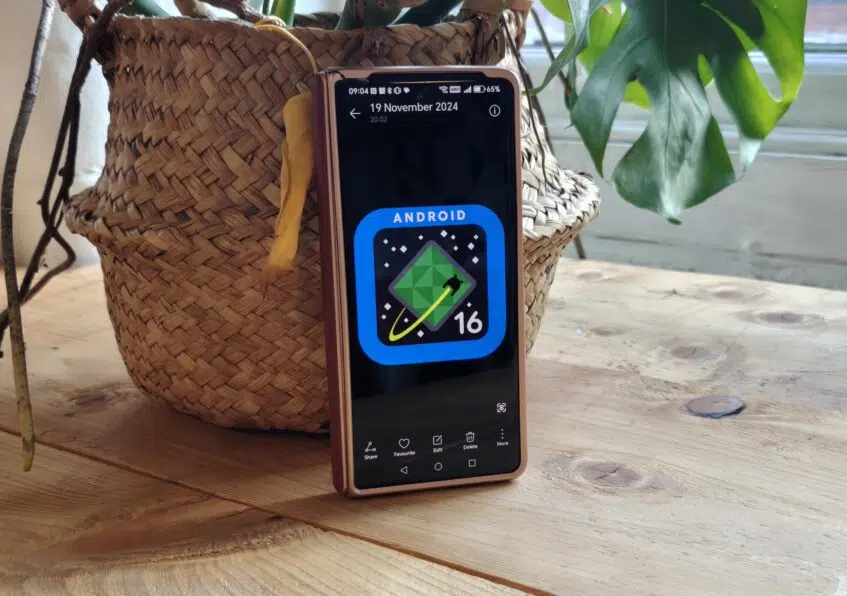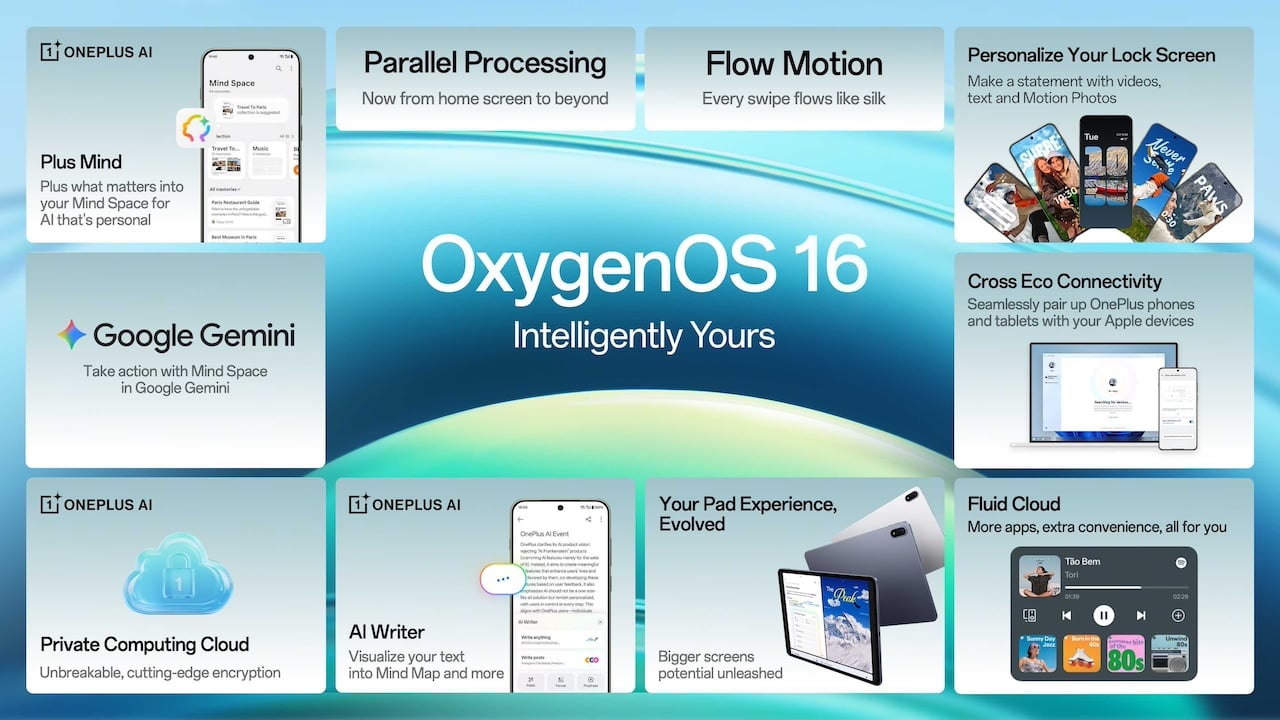Google initially rolled out the third quarterly platform release of Android 16 (QPR3 Beta 3), but it didn’t go smoothly. Within 24 hours, users began reporting that their Pixel phones were getting stuck in bootloops and endlessly restarting. The problem also affected nearly every compatible Pixel, from the Pixel 8 all the way up to the Pixel 10.
As it turns out, the culprit was Desktop Experience Mode, a developer feature that turns Android into a computer-style interface when connected to an external display. Google eventually pulled the over-the-air (OTA) update from its beta channel without an official statement. Today, they’ve resumed rollout with a new patched build.
Beta 3.1 comes to the rescue
As announced on the Android beta subreddit, Android 16 QPR2 Beta 3.1 is now live. Head into Settings > System > Software update > System update to install it on an eligible device. It fixes the Desktop mode bug responsible for the endless restart. It should be safe to enable the feature now.

Google also has disclosed step-by-step recovery methods in case your device is still affected. First, do nothing. It sounds crazy, but the device should automatically roll back to the previous beta build after a few failed boot attempts.
If that doesn’t happen, the next suggestion is to connect the phone to a computer and use the Android Debug Bridge to disable Desktop Mode. It involves booting into recovery, reaching the command interface, and running a line that turns off the setting causing the crash.


If you can’t access ADB, manually sideloading the Beta 3.1 update through recovery mode should do the trick. A factory reset should be your last resort. Unfortunately, it means you’ll wipe all your phone data. Everything that’s not part of the core operating system has to go away for corrupted data or system conflicts to be resolved.
Other brands are shipping Android 16
While Google is still cleaning up the fallout from its Beta hiccups, other manufacturers are already moving ahead with their own, more stable versions of Android 16.
OnePlus’ OxygenOS 16 is ready to launch globally. The company has already kicked off its Open Beta Program and will start shipping the OnePlus 15 with OxygenOS 16 preinstalled on October 27.
Motorola has also started pushing stable Android 16 to select devices, including the Edge 60 Pro, Edge 60 Fusion, and Edge 50 Pro. It was a rollout that arrived notably earlier than usual. Android 15 didn’t even hit Motorola phones until December last year.


Samsung, on the other hand, hasn’t had a smooth rollout with One UI 8. However, it’s for very different reasons than Google’s. They initially released it earlier this month to the Galaxy S22, S22+, and S22 Ultra. They suspended the update globally within days, reportedly due to a firmware issue affecting the S22 lineup.
They haven’t given an official explanation, but sources close to SamMobile say the problem seems isolated to these models and not to the S23, S24, S25, or the newer foldables that already run One UI 8 without problems.
